During a 2020 expedition, explorers from the University of Miami and OceanX dove into the Red Sea, nearing the end of their dive without finding anything significant. But as they descended further, the sea darkened, and they noticed odd bits of seaweed floating just above the seafloor. Guided by a remotely operated underwater vehicle (ROV), they uncovered the mysterious "brine pools" at the bottom, shrouded in an eerie stillness. The team collected water samples from these pools, later publishing their findings in Communications Earth and Environment.
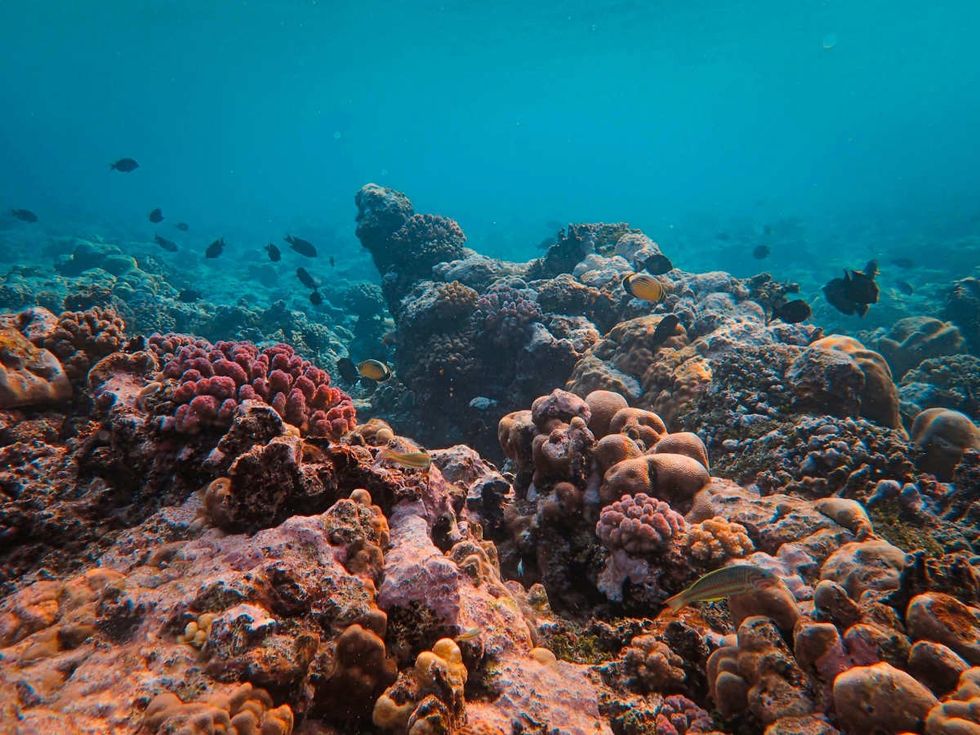
OceanX defines a brine pool as an accumulation of extremely salty water at the bottom of the ocean, completely devoid of oxygen. These hypersaline underwater lakes are also called “death pools” as their high salinity is toxic to most sea creatures. Yet, they teem with microbial life, illuminating a fascinating window into the origins of life. During this expedition, the scientists discovered death pools lurking in the Gulf of Aqaba between Saudi Arabia and Egypt, at a depth of 1.1 miles (1.77 km).
According to Live Science, these brine pools first formed when pockets of minerals from millions of years ago dissolved into the sea. Researchers named the pools “NEOM Brine Pools” after the Saudi development company that funded the research. The biggest pool measured about 107,000 square feet (10,000 square meters) in diameter, while three smaller pools measured less than 107 square feet (10 square meters).
Despite the hostile environment of the deep-sea pools, they are throbbing with life. The pools are outlined by swarms of salt-loving microorganisms like shrimps and eels that dart around its perimeter, awaiting to trap any unlucky creature that might unknowingly venture into the deadly saltwater. "At this great depth, there is ordinarily not much life on the seabed," study lead author Sam Purkis, from the Department of Marine Geosciences at the University of Miami, told Live Science. "However, the brine pools are a rich oasis of life. Thick carpets of microbes support a diverse suite of animals."
The ability of these microbes to survive in an oxygen-free environment offers intriguing insights into the origins of life on Earth. "Our current understanding is that life originated on Earth in the deep sea, almost certainly in anoxic, without oxygen, conditions," Purkis said. "Deep-sea brine pools are a great analog for the early Earth and, despite being devoid of oxygen and hypersaline, are teeming with a rich community of so-called 'extremophile' microbes. Studying this community hence allows a glimpse into the sort of conditions where life first appeared on our planet, and might guide the search for life on other 'water worlds' in our solar system and beyond."
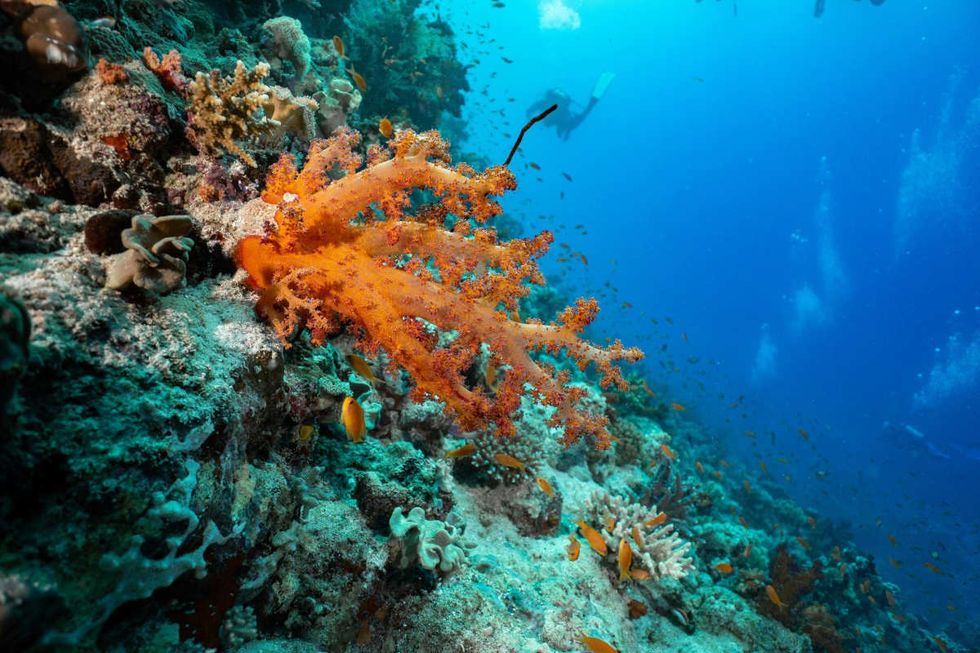
Purkis also explained that these microbial populations could help scientists create some highly effective medicines and cures. "Molecules with antibacterial and anticancer properties have previously been isolated from deep-sea microbes living in brine pools.” He further reflected that these pools, no matter how toxic, preserve a rich archive of the history of earthquakes, floods, tsunamis, and environmental disasters. These hypersaline waters also carry within them records of the past rainfall from more than 1,000 years, he added. This information from antiquity will be helpful for seismologists to assess future risks of these disasters in the surrounding regions.


















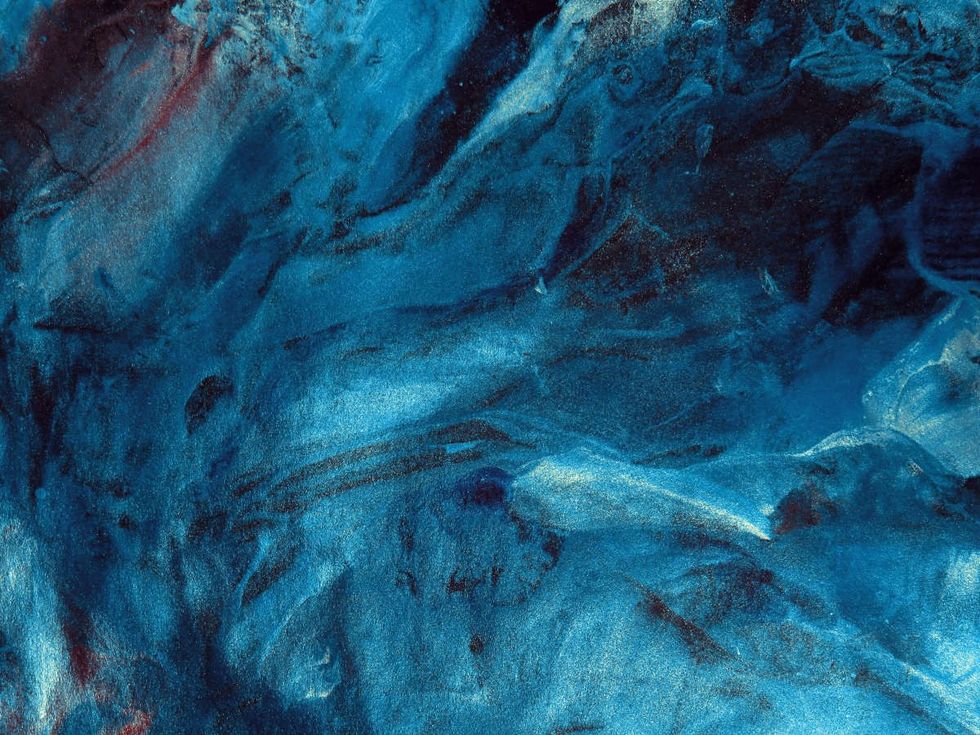 Representative Image Source: Pexels | Anni Roenkae
Representative Image Source: Pexels | Anni Roenkae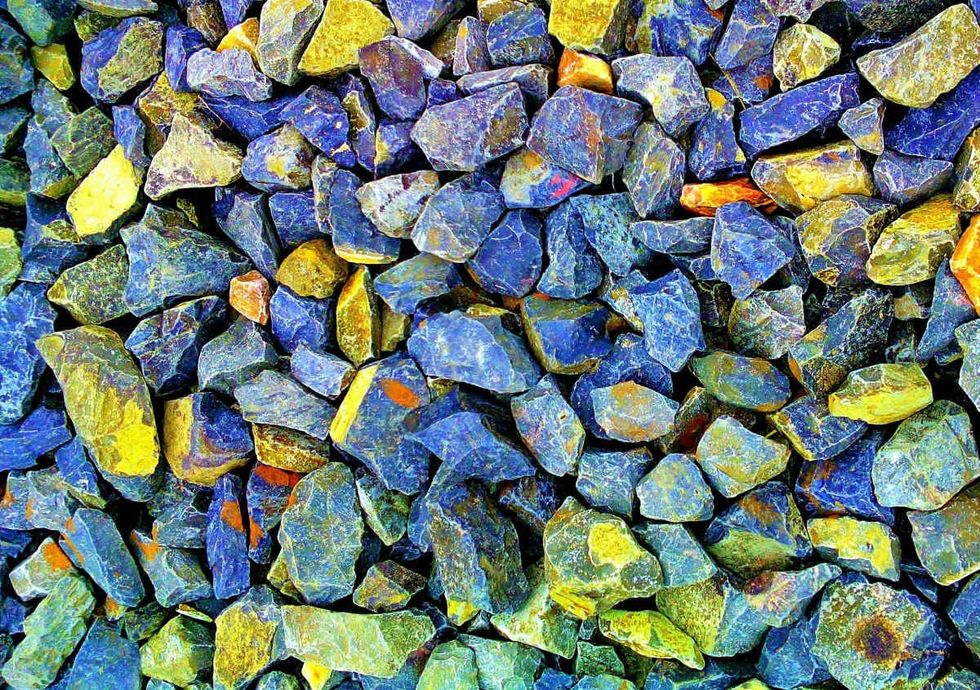 Representative Image Source: Pexels | Its MSVR
Representative Image Source: Pexels | Its MSVR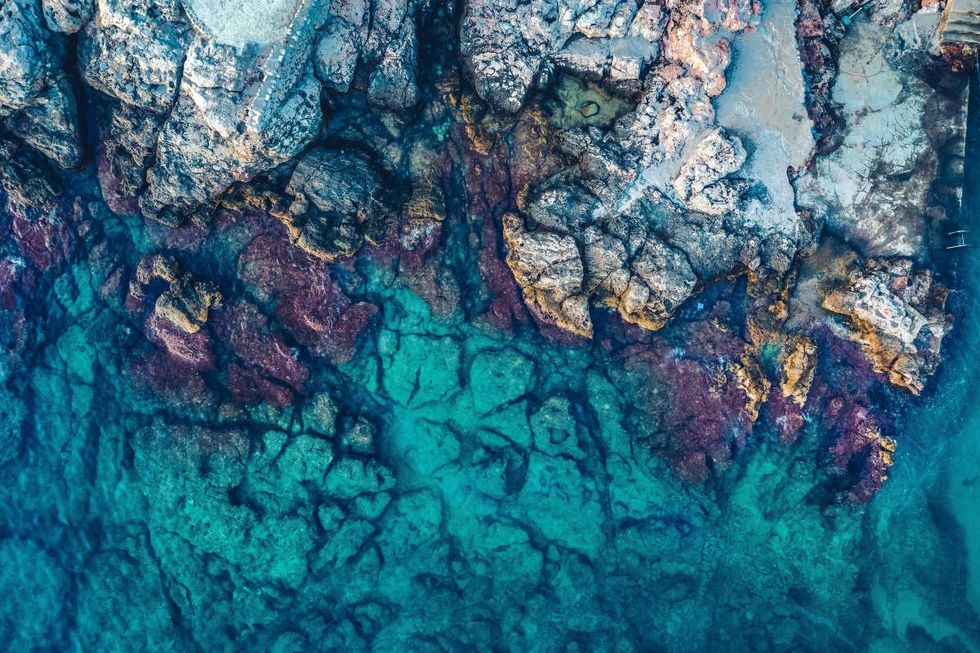 Representative Image Source: Pexels | Lucian Photography
Representative Image Source: Pexels | Lucian Photography

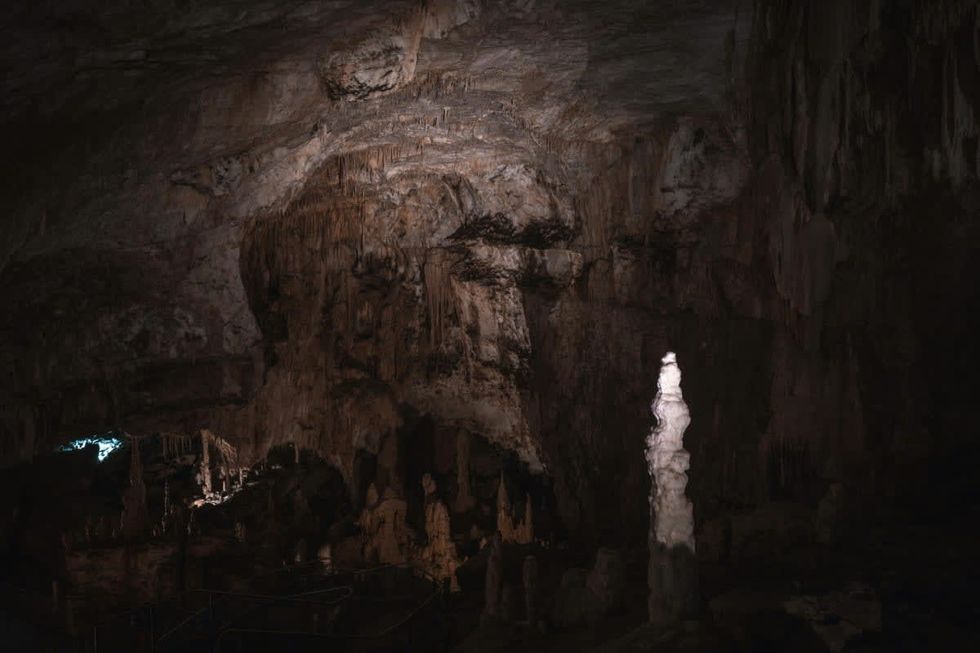 Representative Image Source: Pexels | francesco ungaro
Representative Image Source: Pexels | francesco ungaro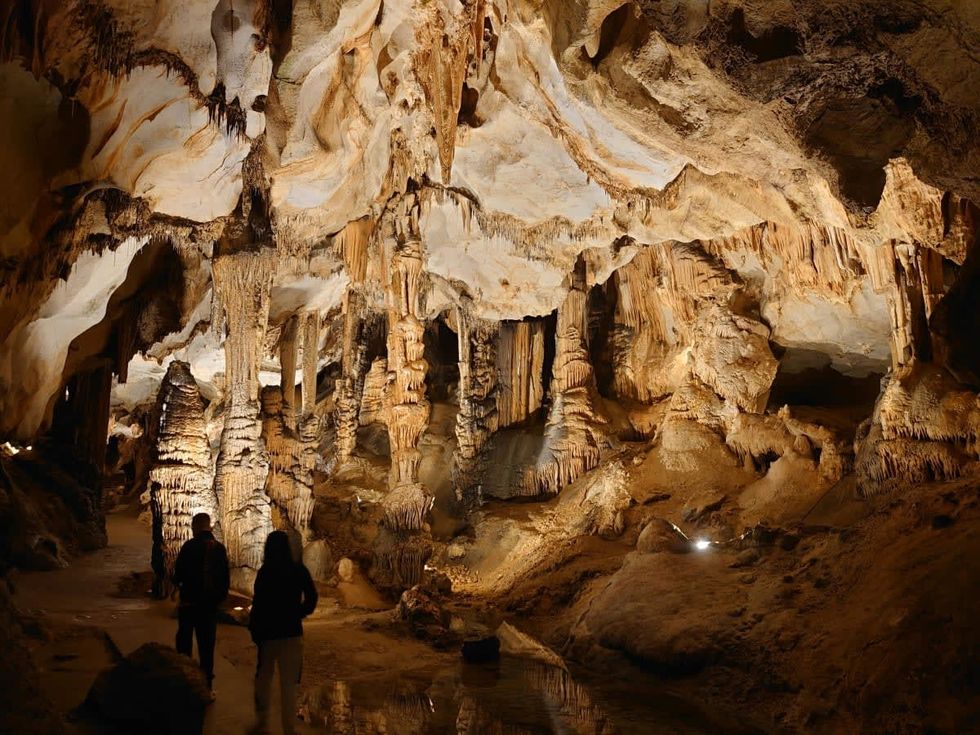 Representative Image Source: Pexels | parfait fongang
Representative Image Source: Pexels | parfait fongang Image Source: YouTube |
Image Source: YouTube |  Image Source: YouTube |
Image Source: YouTube |  Image Source: YouTube |
Image Source: YouTube | 
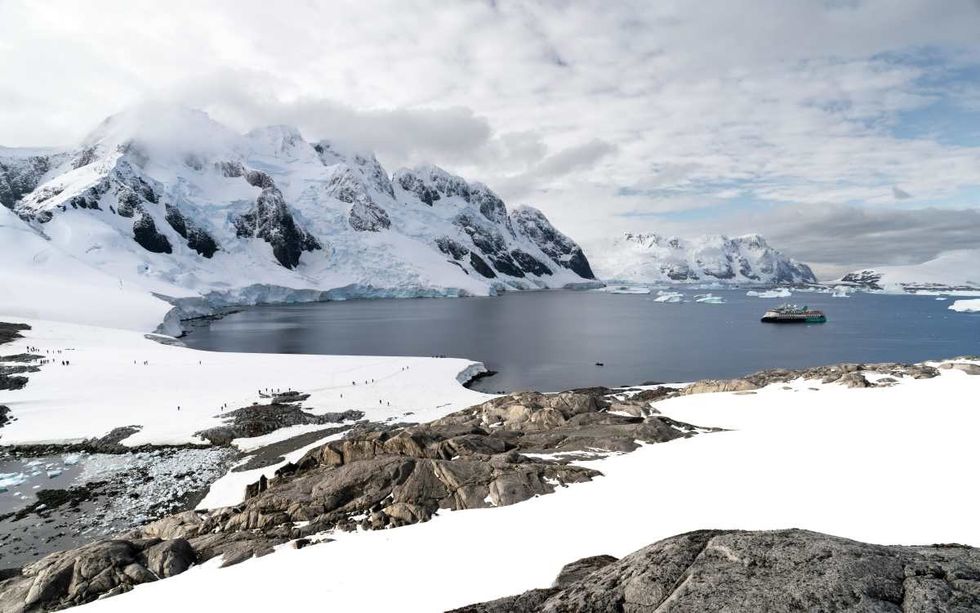 Representative Image Source: Pexels | Hugo Sykes
Representative Image Source: Pexels | Hugo Sykes Representative Image Source: Sectional view of the Earth, showing central fire and underground canals linked to oceans, 1665. From Mundus Subterraneous by Athanasius Kircher. (Photo by Oxford Science Archive/Print Collector/Getty Images)
Representative Image Source: Sectional view of the Earth, showing central fire and underground canals linked to oceans, 1665. From Mundus Subterraneous by Athanasius Kircher. (Photo by Oxford Science Archive/Print Collector/Getty Images) Representative Image Source: Pexels | NASA
Representative Image Source: Pexels | NASA

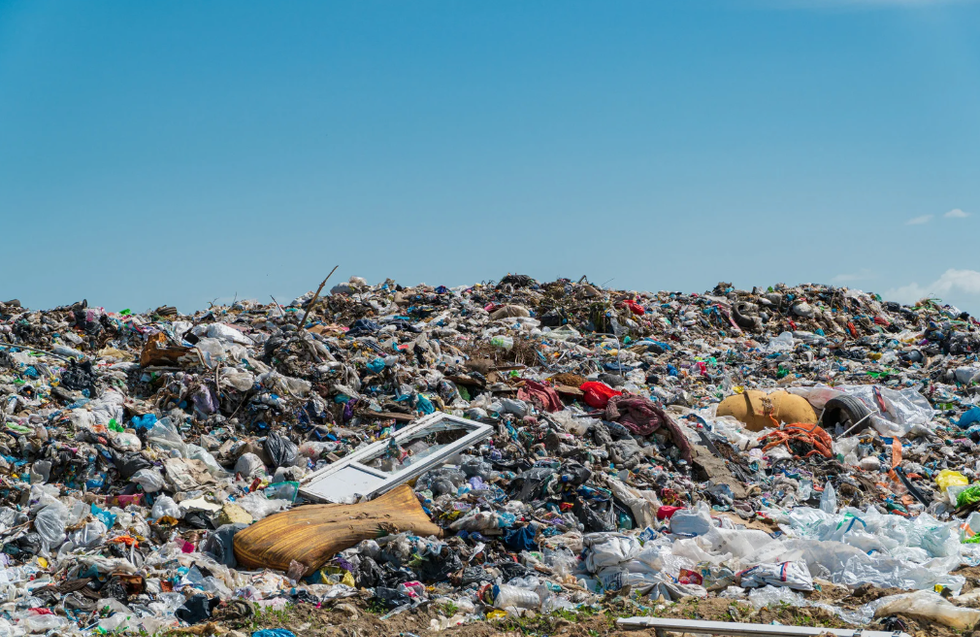


 Representative Image Source: Pexels | Steve Johnson
Representative Image Source: Pexels | Steve Johnson Representative Image Source: Pexels | RDNE Stock Project
Representative Image Source: Pexels | RDNE Stock Project Representative Image Source: Pexels | Mali Maeder
Representative Image Source: Pexels | Mali Maeder
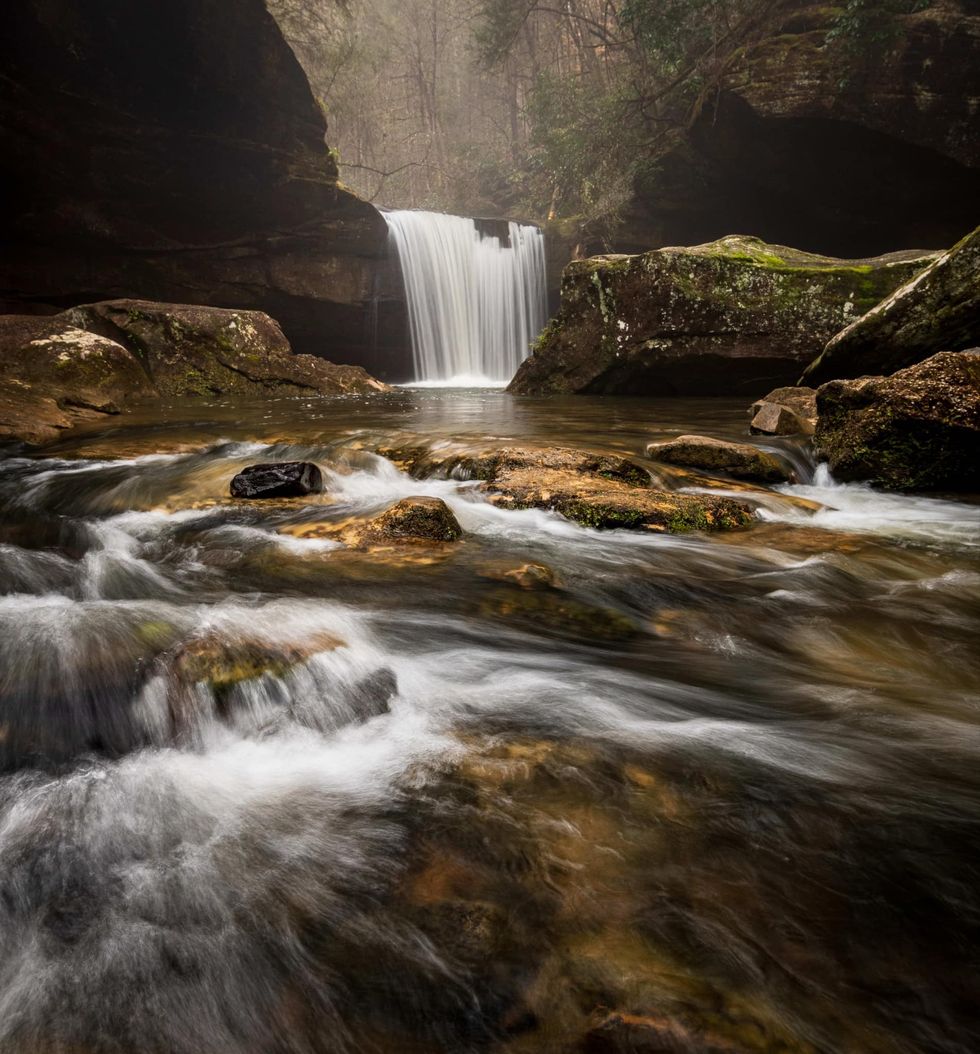 Photo: Craig Mack
Photo: Craig Mack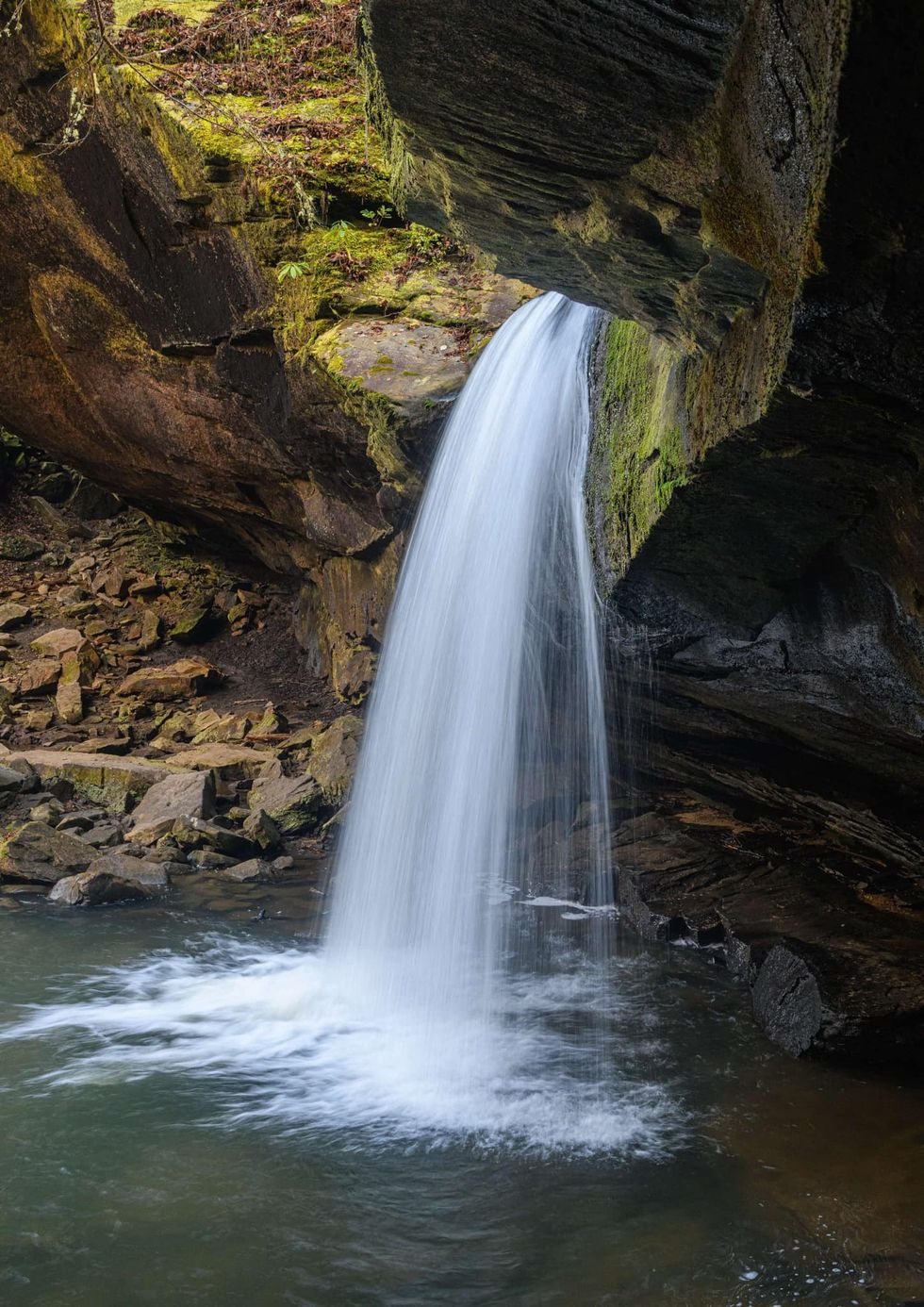 Photo: Craig Mack
Photo: Craig Mack